Question:
Given a graph of N nodes and M edges, the edges are indexed from 1 -> M. It is guaranteed that there's a path between any 2 nodes.
You need to assign weights for M edges. The weights are in the range of [1...M], and each number can only occur once.
To be shorted, the answer should be a permutation array of [1...M], in which arr[i] = x means edge[i] has the weight of x.
You are given a set R of n-1 edges. R is guaranteed to be a Spanning Tree of the graph.
Find a way to assign weights so that R is the Minimum Spanning Tree of the graph, if there are multiple answers, print the one with minimum lexicographical order.
Contraints:
N, M <= 10^6
Example:
Edges:
3 4
1 2
2 3
1 3
1 4
R = [2, 4, 5]
Answer: 3 4 5 1 2
Explaination:
If you assign weights for the graph like the above image, the MST would be the set R, and it has the smallest lexicographical order.
My take with O(N^2):
Since it asks for the minimum lexicographical order, I traverse through the list of edges, assigning the weights in an increasing order. Intially, w = 1. There can be 3 situations:
- If edge[i] is in R, assign weight[i] = w, increase w by 1
- If edge[i] is not in R: say edge[i] connect nodes u and v. assign weight and increase w for each edge in the path from u to v in R (if that edge is not assigned yet). Then assign weight and increase w for edge[i]
- If edge[i] is assigned, skip it
Is there any way to improve my solution so that it can work in O(N.logN) or less?
